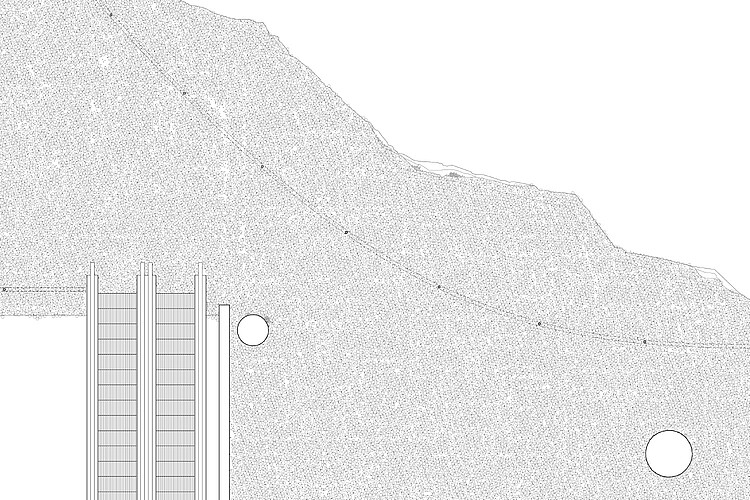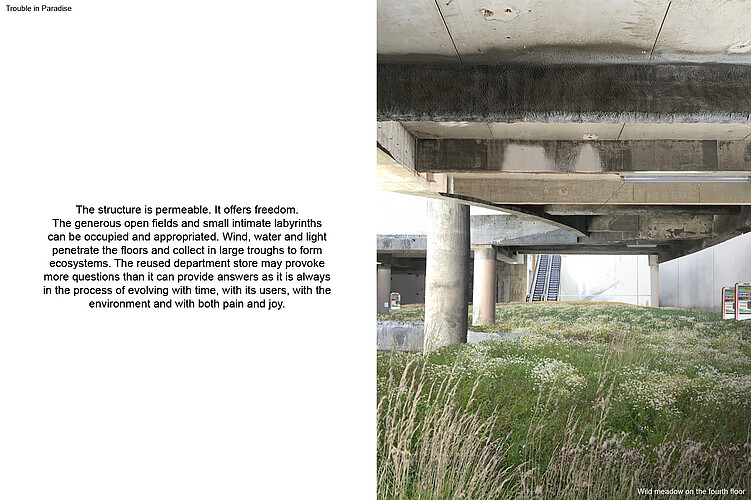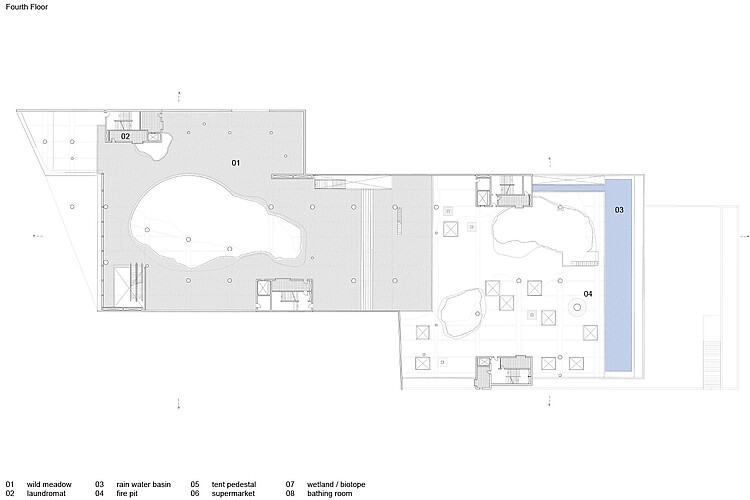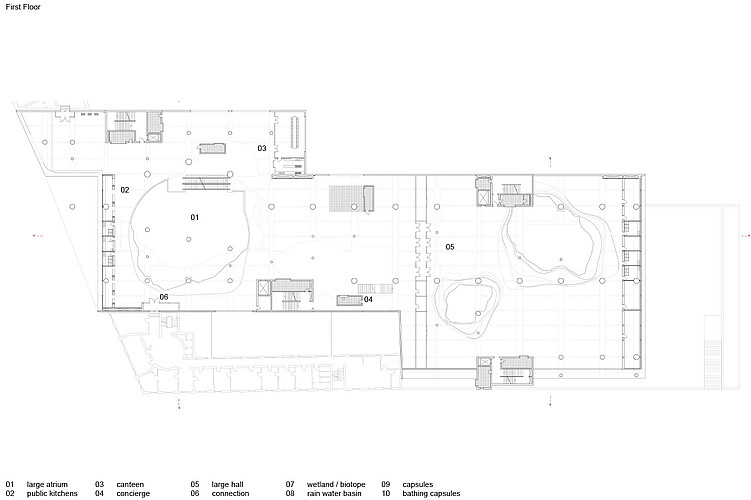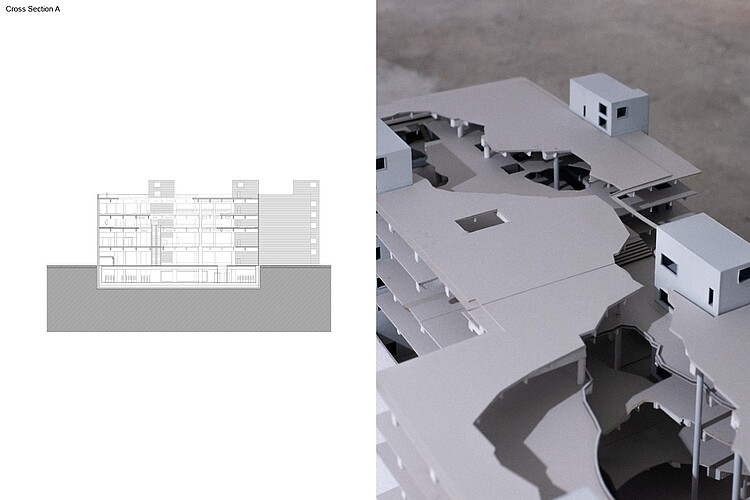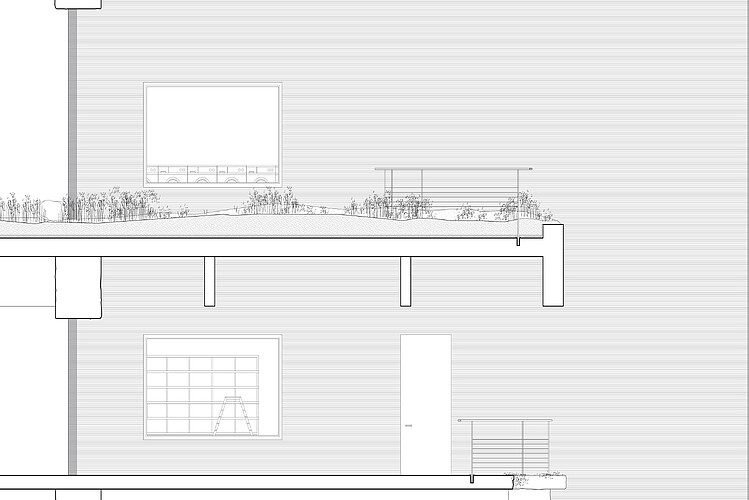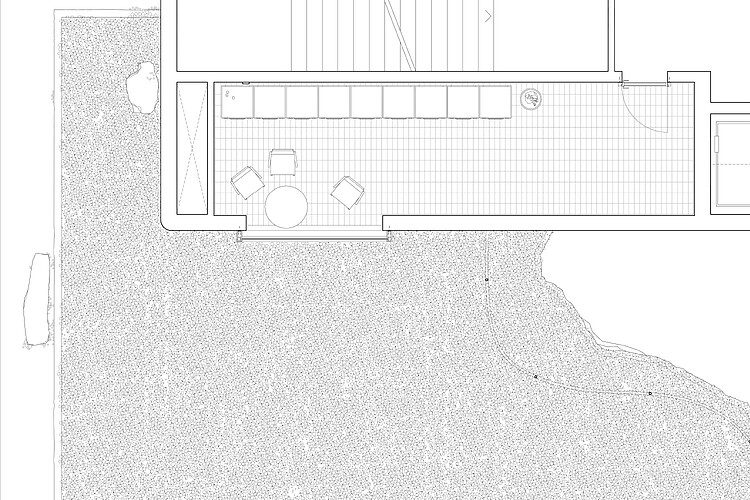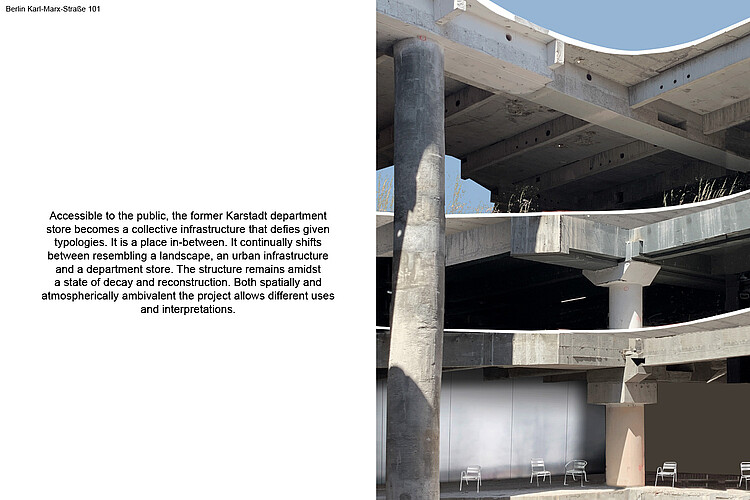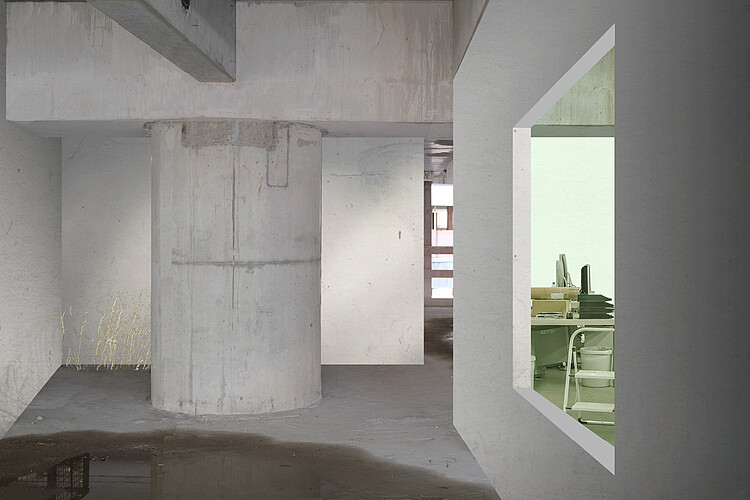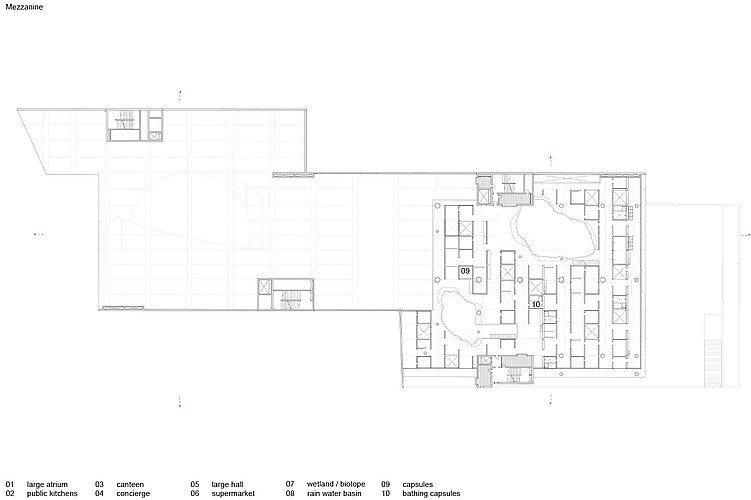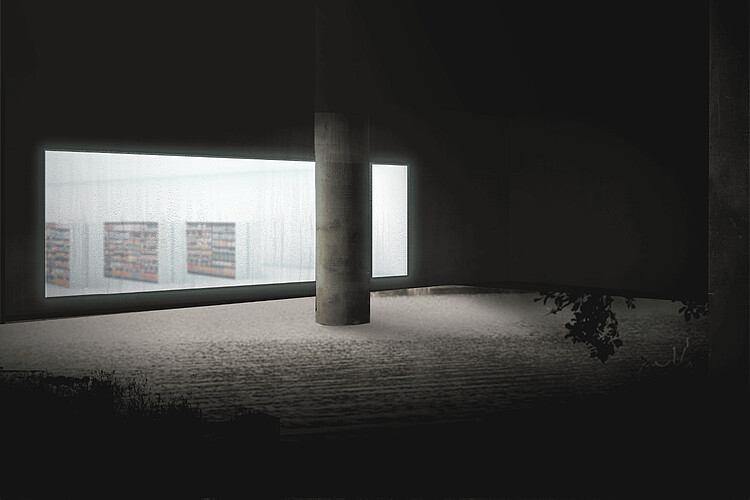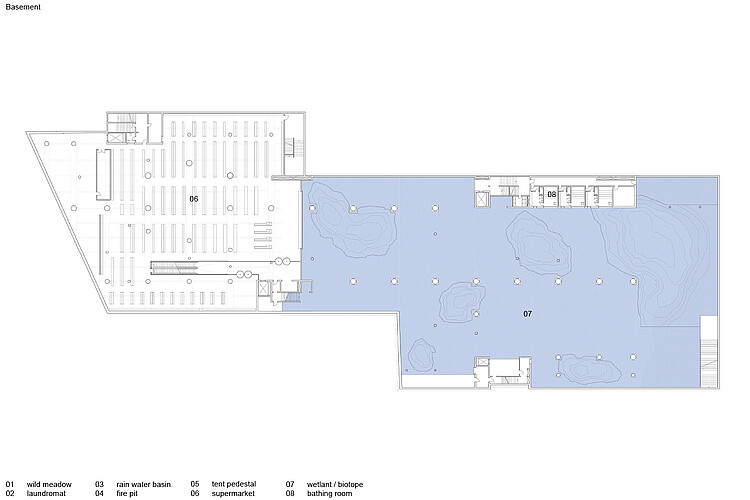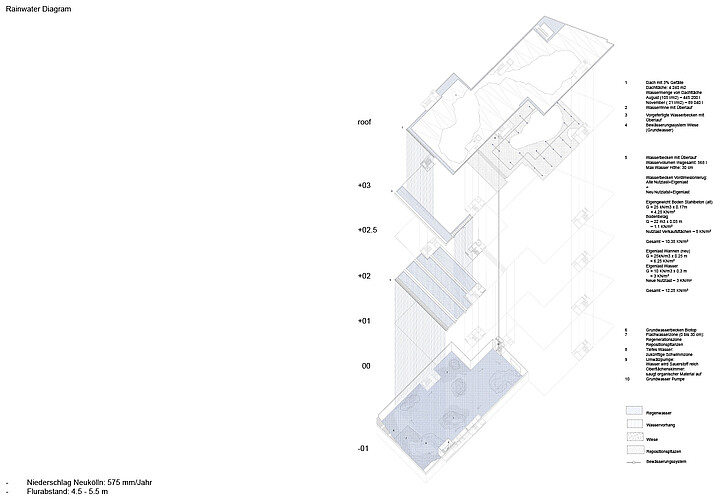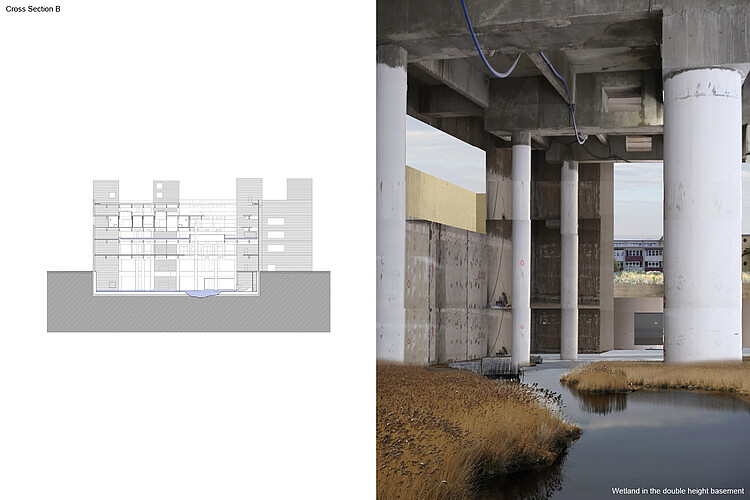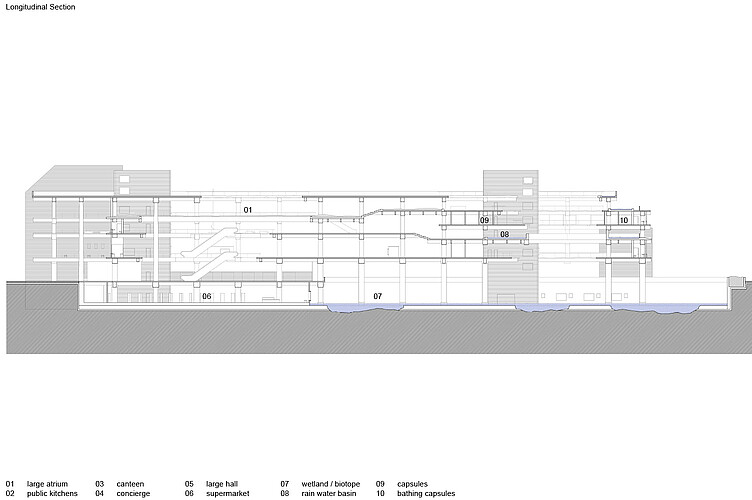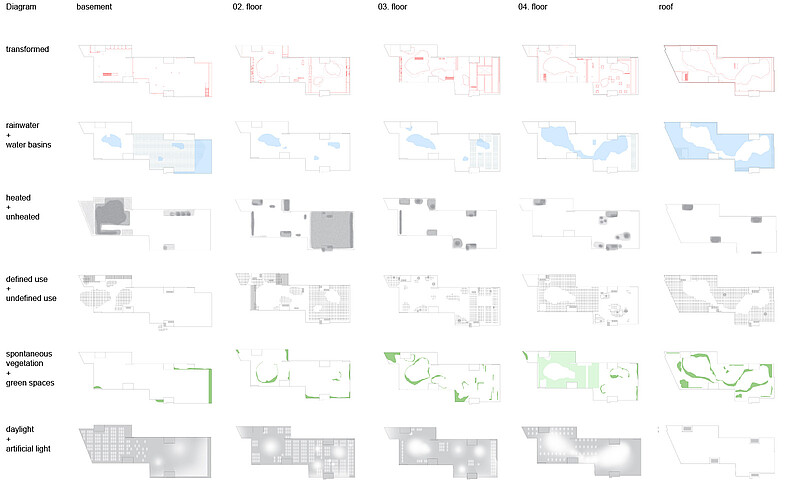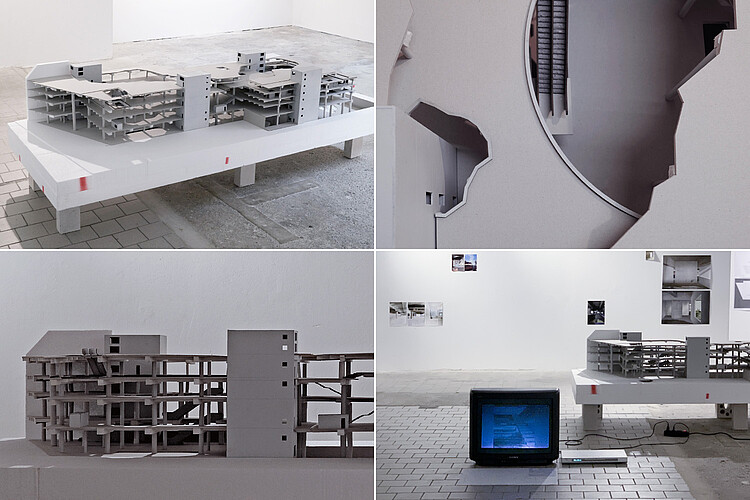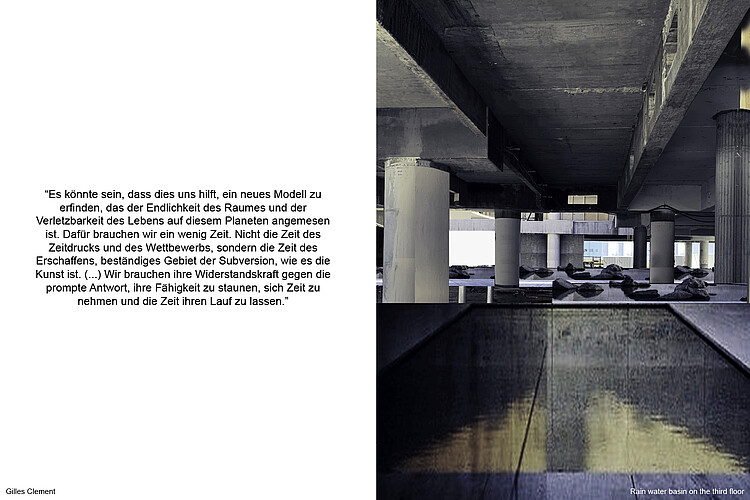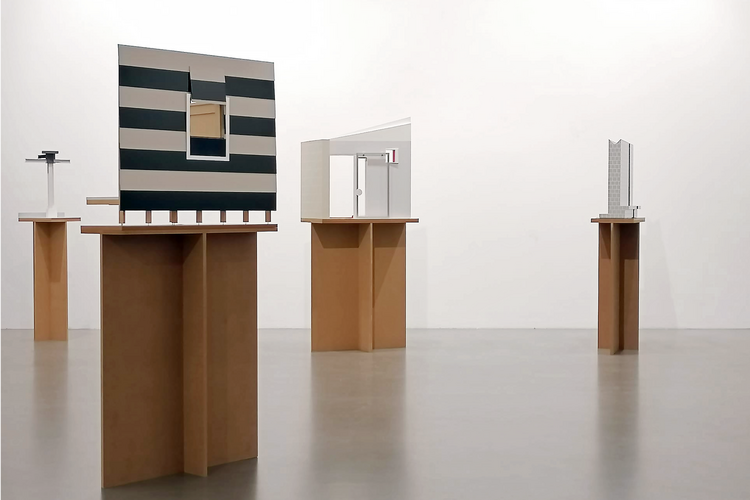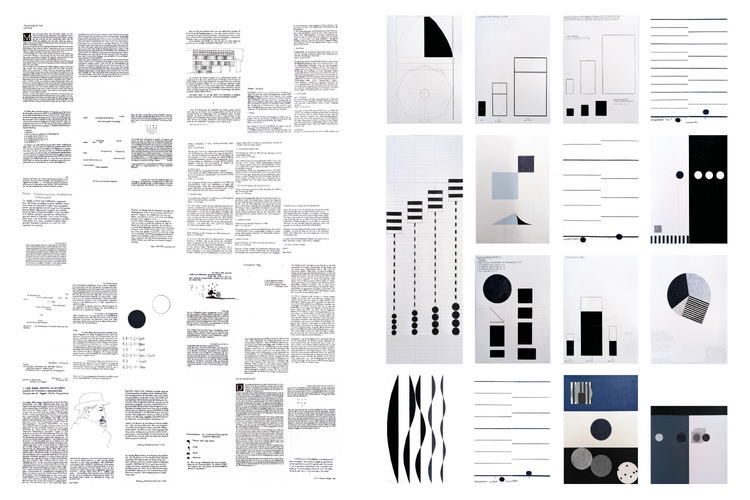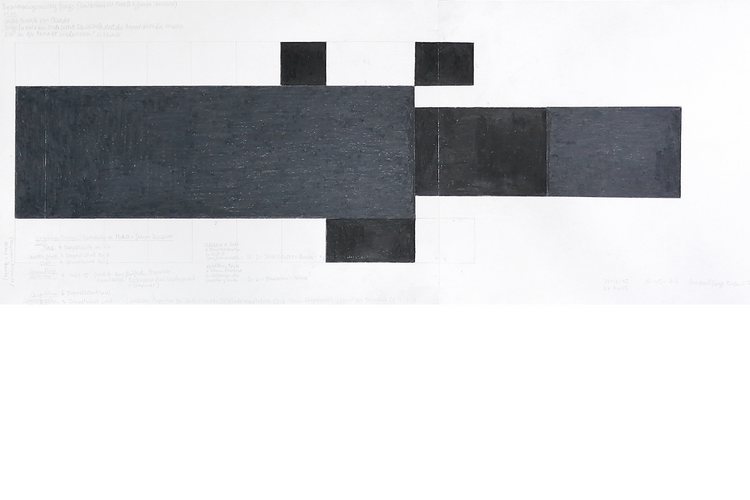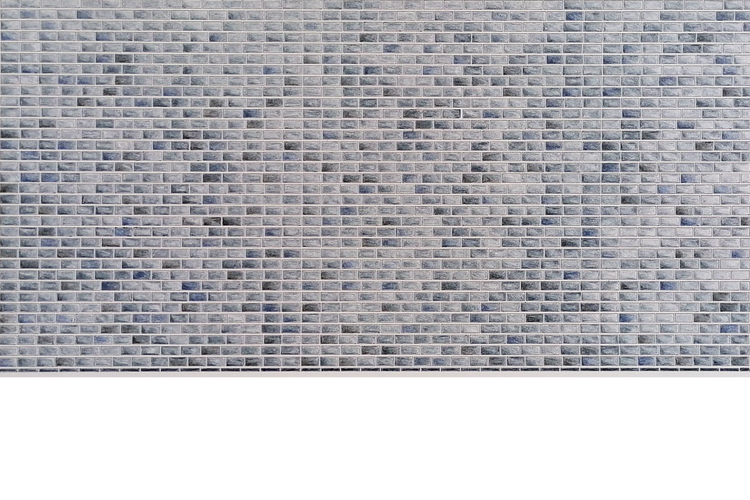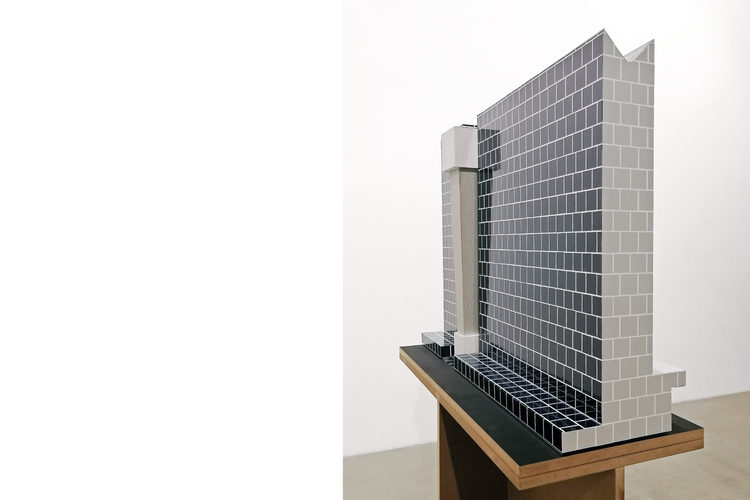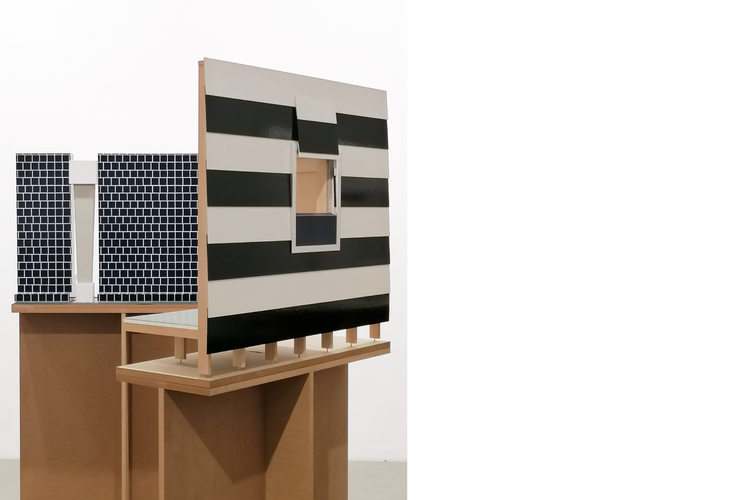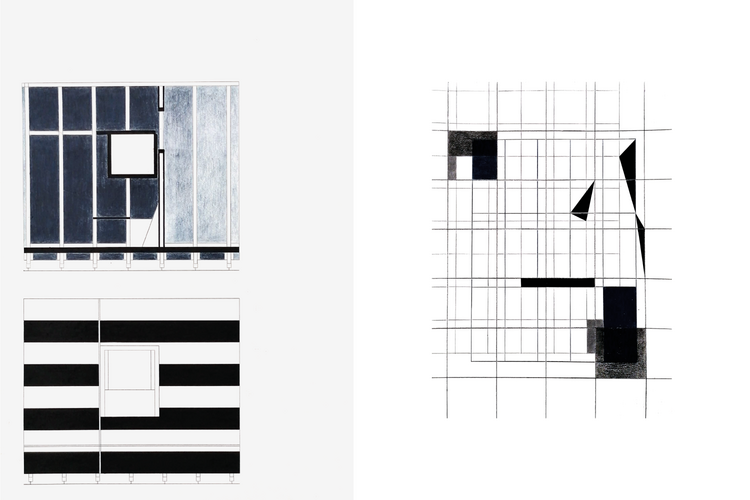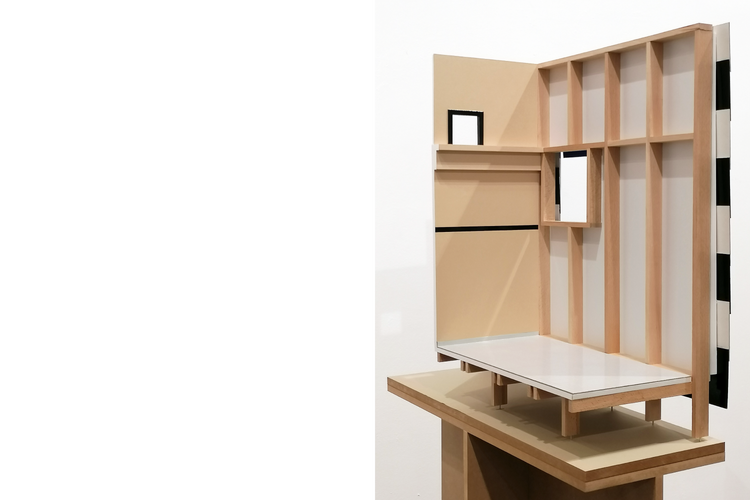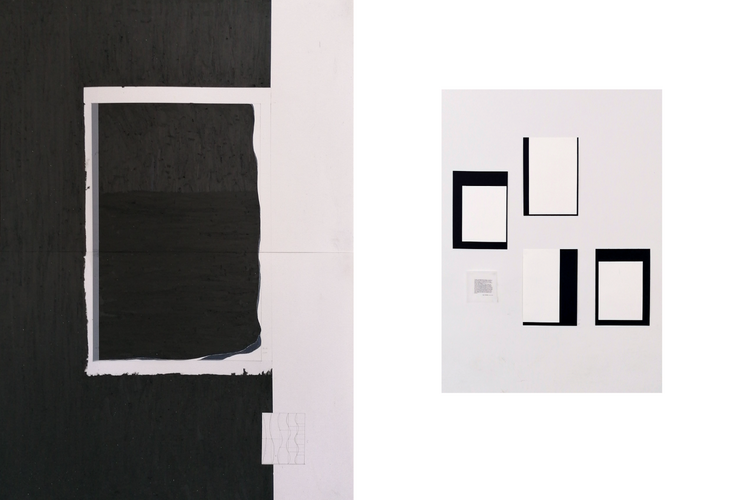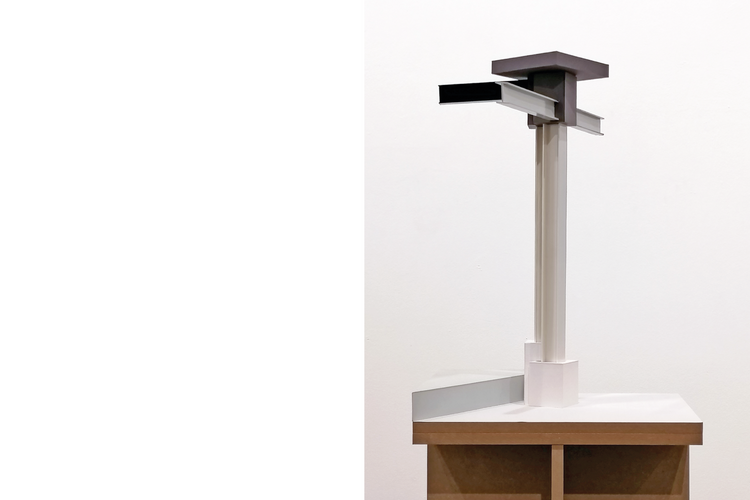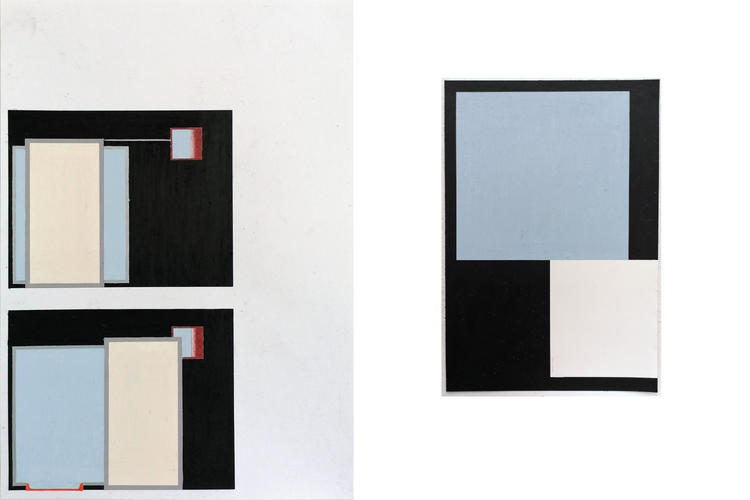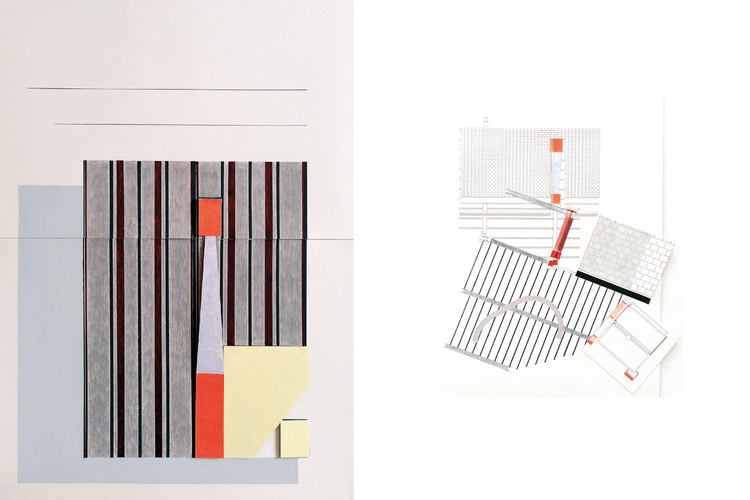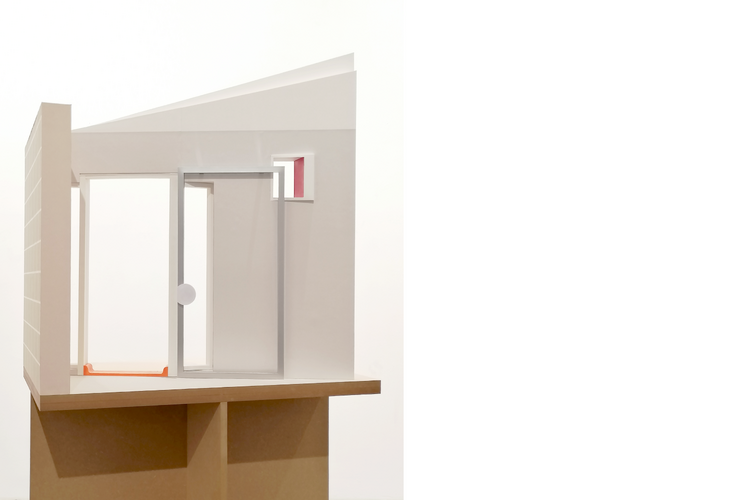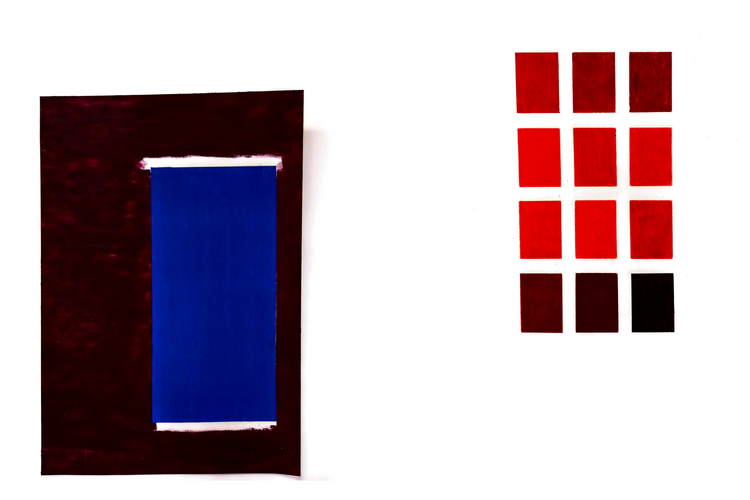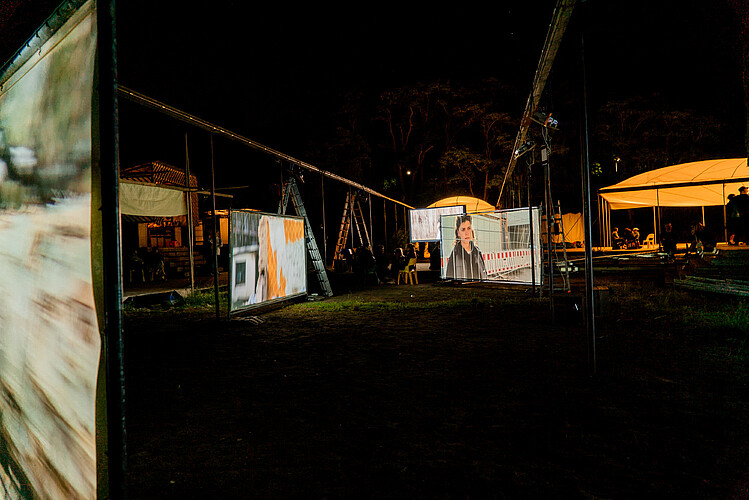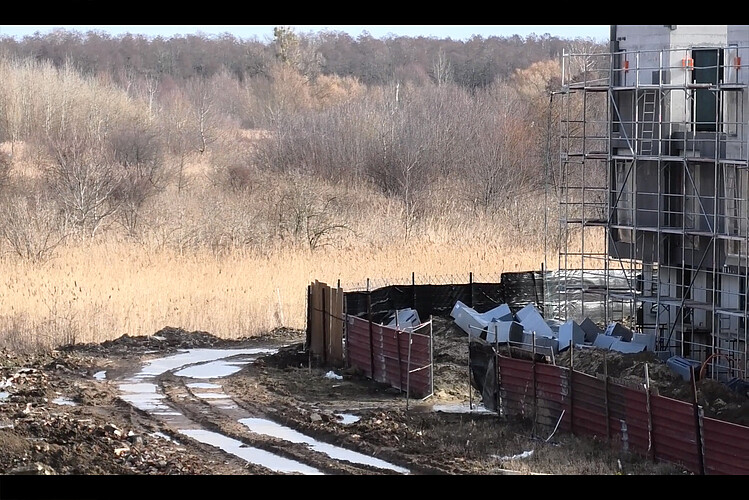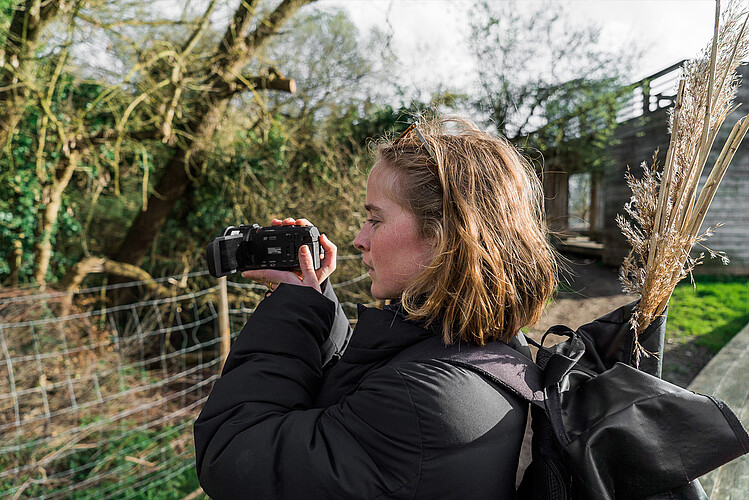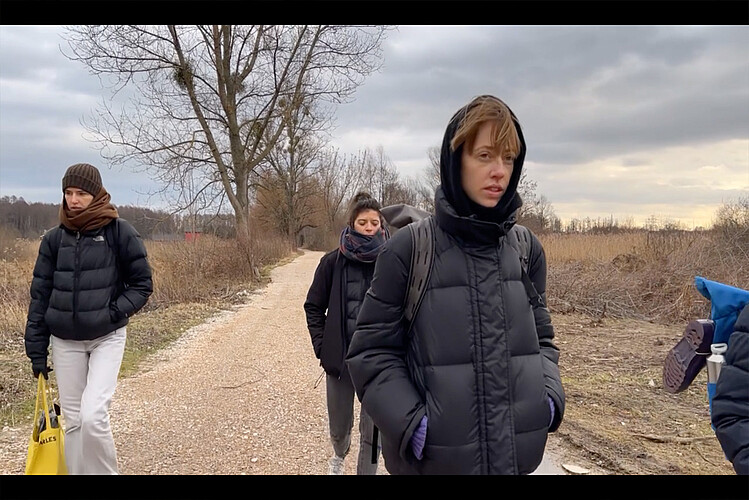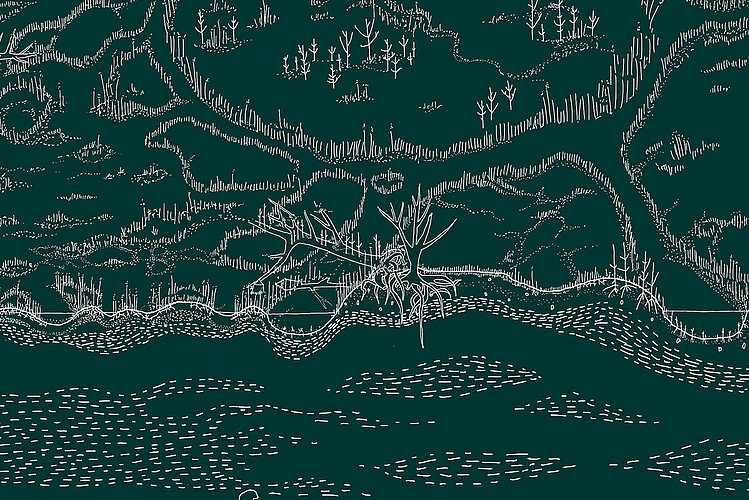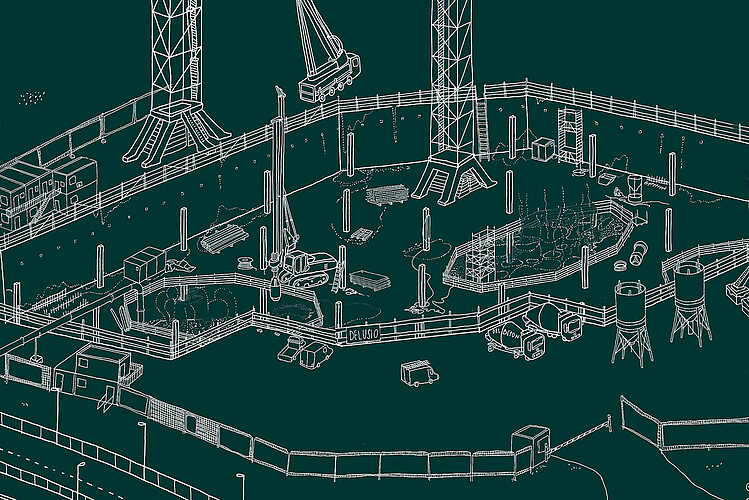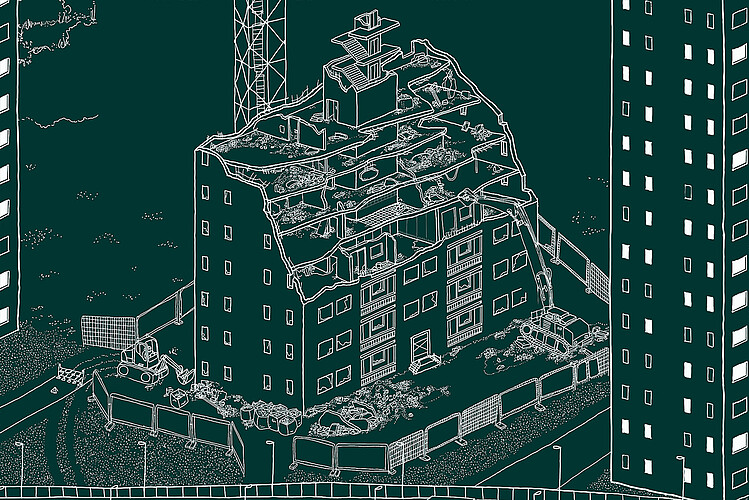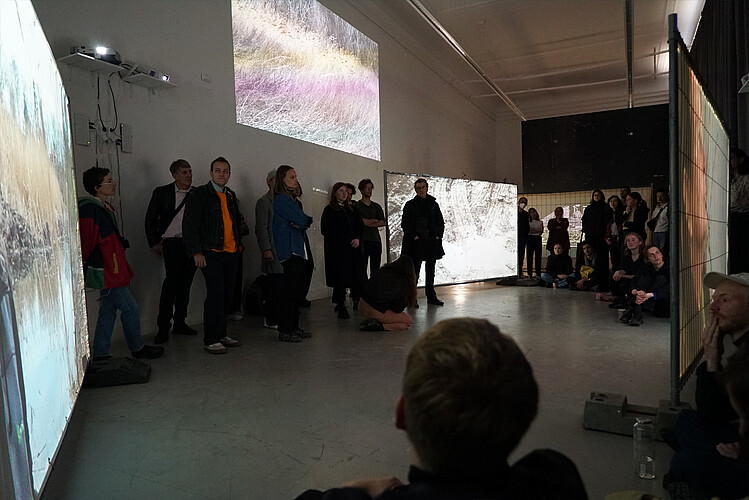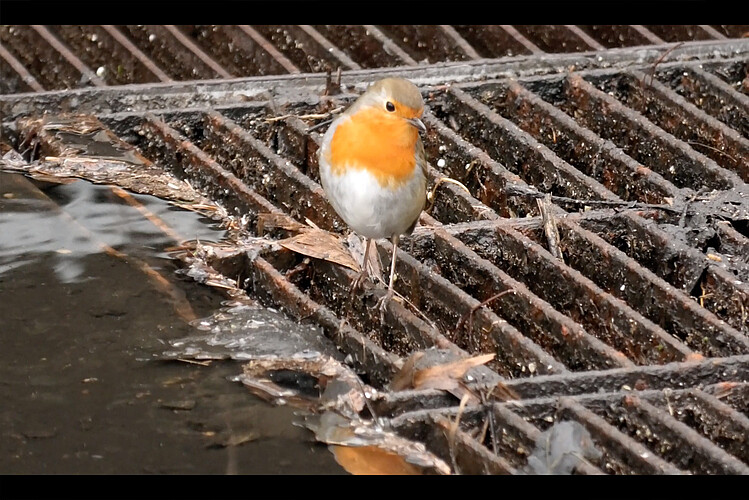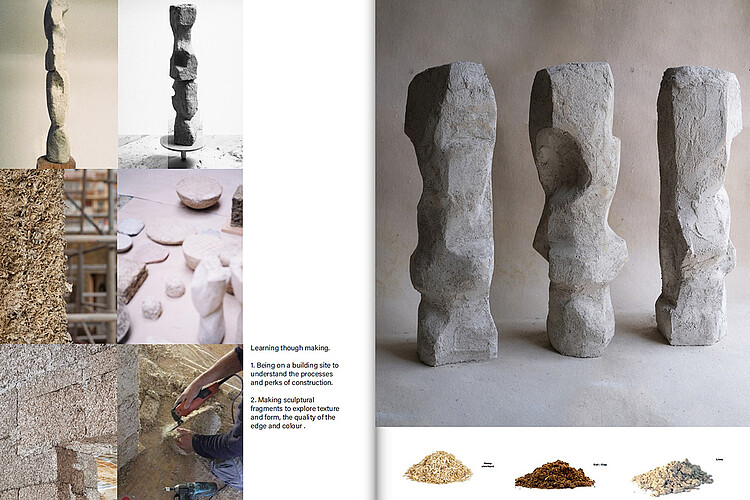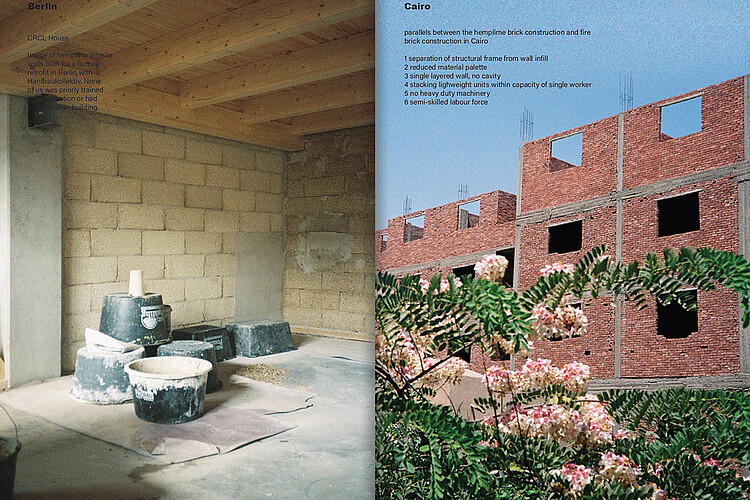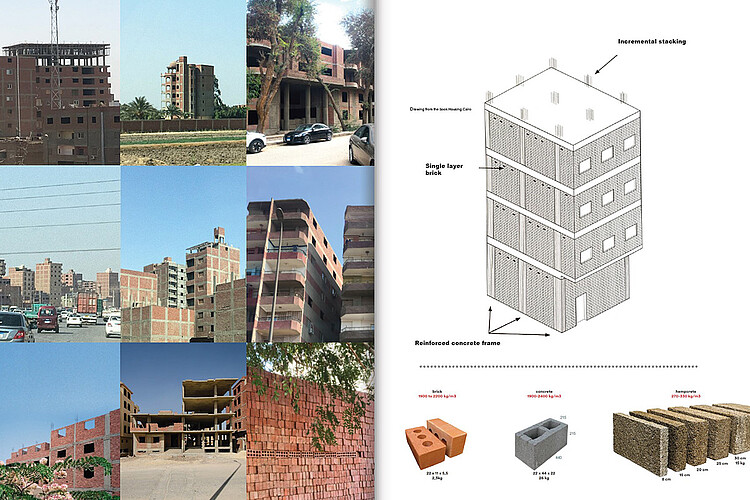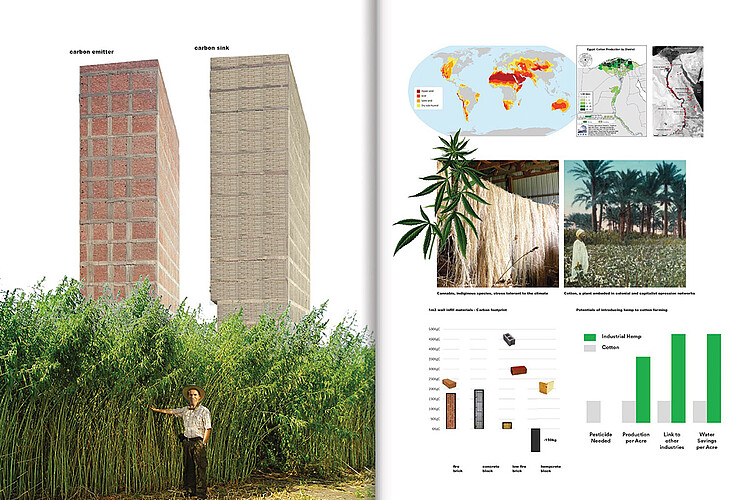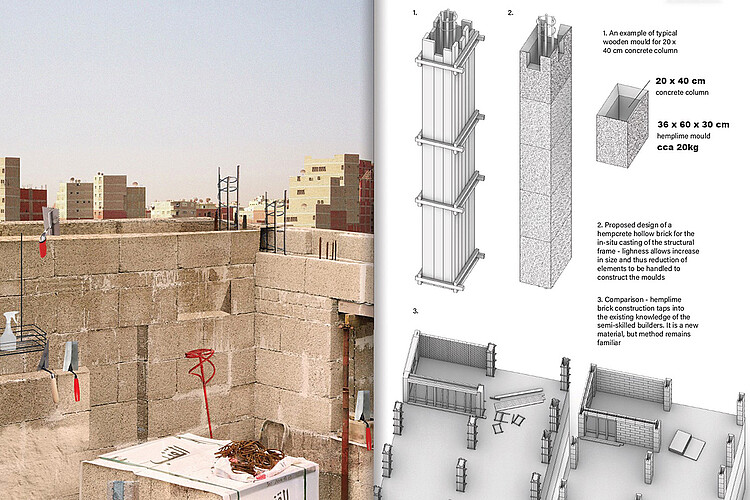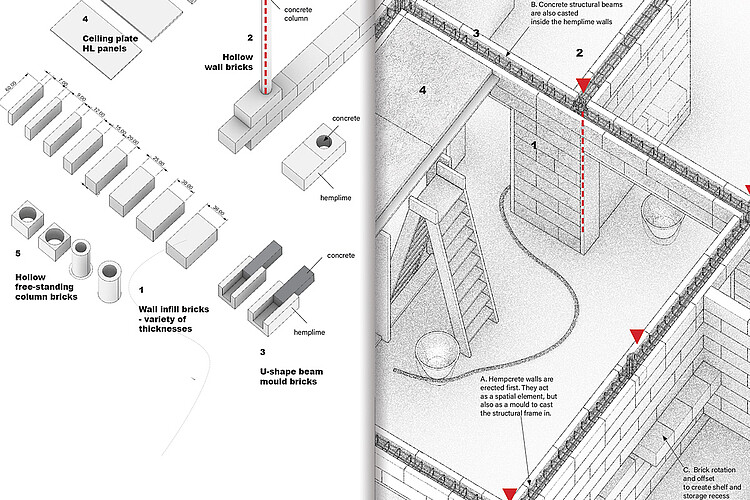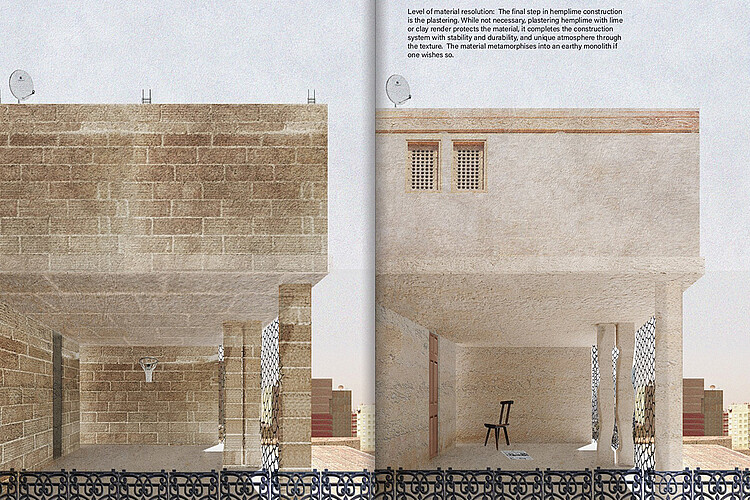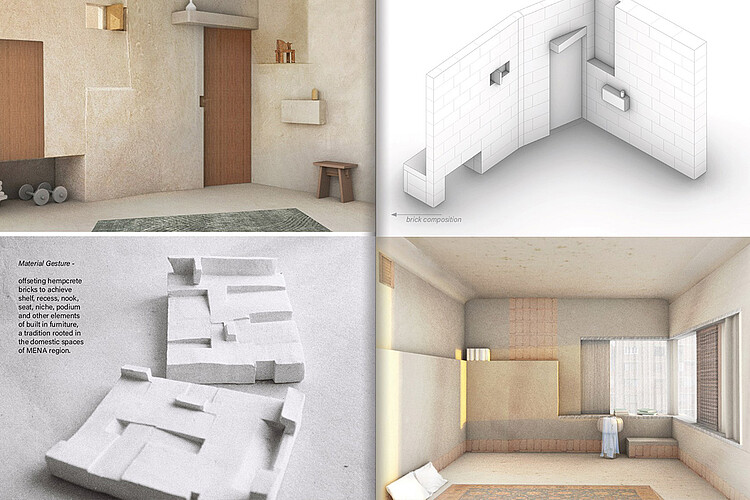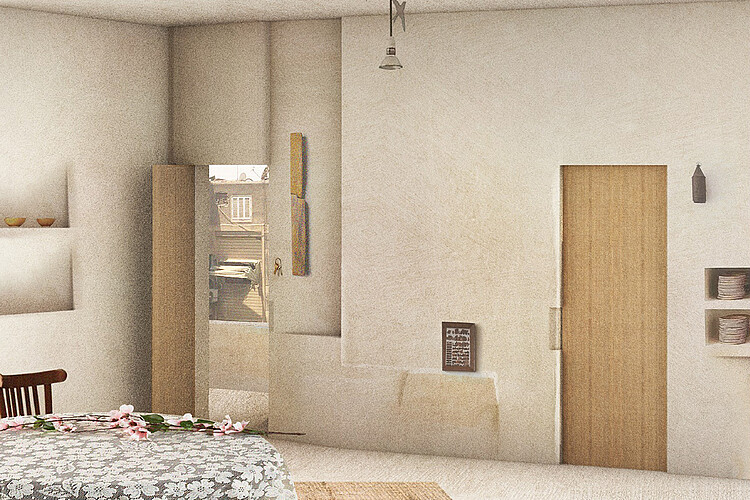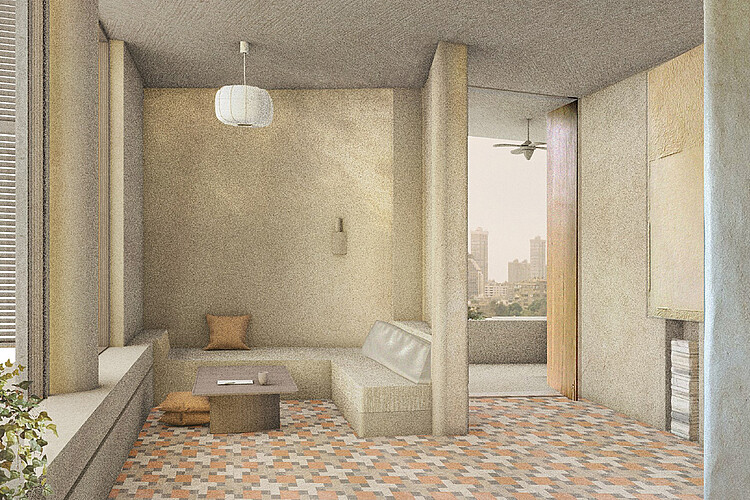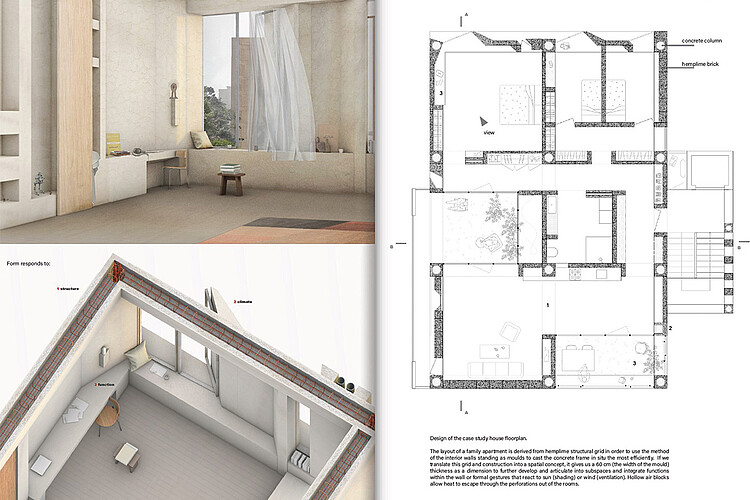Preisträger*innen 2021-22
Viktoria Bruns, Lilli Hanada | 1. Preis
Trouble in Paradise
'Trouble in Paradise' is a utopian vision, a playful exploration, and ultimately a genuine proposal that explores new kinds of public space in the city center. The project investigates how we can plan for an uncertain future by reimagining existing structures within a dense urban fabric.
By examining and repurposing the obsolete typology of the department store, we seek to uncover, unfold and finally reinterpret the richness of the pre-existing spaces that, up until now, have been sealed, polished and commercially controlled.
The extravagant temples of consumption helped shape urban life by making use of carefully orchestrated sets that transported the visitor in order to promote and form the current standards, habits and realities that define our capitalist society.
Along with the values they promoted, department stores have become questionable and interesting voids, often converted into private-use spaces that are inaccessible to the public. We see these vast empty interiors as an opportunity to rethink the role of the city centre.
The project 'Trouble in Paradise' is explicitly ambiguous.
With our intervention, we aim to stir up, to shift conventions and to ‘make trouble’. Through images, we explore the fine line between imaginable utopias and dystopias. The project doesn’t offer predefined solutions but reveals uncertainties and becomes a place where new forms of urban life can be created, tested and worked out together.
"'Trouble' is an interesting word. It derives from a thirteenth-century French verb meaning 'to stir up', 'to make cloudy', 'to disturb'. We (...) live in disturbing times, mixed-up times, troubling and turbid times. The task is to become capable, with each other in all of our bumptious kinds, of response. Mixed-up times are overflowing with both pain and joy—with vastly unjust patterns of pain and joy (...) The task is to make kin in lines of inventive connection as a practice of learning to live and die well with each other in a thick present. Our task is to make trouble, to stir up potent response to devastating events, as well as to settle troubled waters and rebuild quiet places’." - Staying with the Trouble, Donna Harraway, 2016
Kommentar der Jury:
Die Abschlussarbeit „Trouble in Paradise“ präsentiert einen poetischen Beitrag, der sich mit den relevanten Themen Umnutzung von Bestandsgebäuden, Wasserretention, Gebäudebegrünung und Mikroklima in Städten beschäftigt. Modelle, Bilder und Pläne geben eine Atmosphäre vom Einklang zwischen Architektur und Natur, Geplantem und Zufall wieder, die bezaubert und zum Weiterdenken einlädt.
Henrike Heuer | 1. Preis
Analogie Musik und Architektur
Architektonische Fragmente zu Assoziationen zwischen zwei Künsten
Eine andere Sprache, ein anderes Material, eine andere Kunstform: Das Thema meiner Masterarbeit ist die Betrachtung der beiden Künste Musik und Architektur und ihrer möglichen Analogien. Ich frage mich, inwieweit ich meinen architektonischen Assoziationsraum in eine Kunst hinein erweitern kann, die nicht erstrangig visuell, sondern die vor allem über das Sinnesorgan „Ohr“ wahrgenommen wird – die Musik.
Auf den ersten Blick möge man vermuten, dass sich die beiden Künste Architektur und Musik phänomenologisch diametral gegenüberstehen und die Betrachtung von Bildenden Künsten wie der Malerei für die Architektur als Referenz näher liegen. Es besteht - anders als zur Musik - eine visuelle Verwandtschaft. Die Musik als immaterielle Kunst verstärkt die Möglichkeit, gedanklichen Ausdruckszielen nachzuspüren. Dabei geht es mir nicht um eine konzeptionelle Übersetzung von der einen in die andere Kunst, sondern um die Entwicklung einer eigenen architektonischen Sprache, zu aus der Musik entnommenen Beobachtungen.
Ich begebe mich dafür auf die zeichnerische Suche nach Analogien, die ich in einem zweiten Schritt in Architektur transformiere. Der Kern meiner Arbeit liegt hierbei auch in der Selbstbeobachtung meines Arbeitsprozesses: Wie erschließe ich mir zunächst unbekannte menschliche Ausdrucksformen, welche Regeln setze ich mir dabei und wann breche ich diese bewusst?
Methodisch ist die Arbeit in zwei Phasen eingeteilt. In der ersten grenze ich meine Suche nach Verbindungen zwischen den beiden Künsten in folgende Themenfelder ein:
1. Mathematische Verhältnisse in Raum und Klang,
2. Brüche mit Harmoniegesetzen und Proportionsregeln,
3. Masse und Individuum, die Dialektik technischer Reproduzierbarkeit und Einzigartigkeit in Musik und Architektur.
Erkenntnisse aus dieser Phase halte ich grafisch in unterschiedlichen Notationsformen fest.
In der zweiten Phase führe ich dieses Grafische unter den Analogien Dissonanz, Schichtung und Farbe fort. Ab dann beginnt eine Transformation von der Zeichnung hin zum architektonischen Fragment. Zeiten, Künste, Widersprüche überlagern sich und werden von Zeichnung zu Zeichnung räumlicher, bis sie in den Modellen kumulieren.
Ein musikalisches Beispiel
Vier Hände, zwei unterschiedliche Tempi, die sich nur manchmal wiederfinden. Von der individuellen Geschwindigkeit zum Gleichklang, ein kurzer Moment des harmonischen Aufeinandertreffens, um sich kurz danach wieder zu entfernen. Die Komposition von Steve Reich „Piano Phases“ aus dem Jahr 1967 erinnert mich an das Phänomen von für uns als dissonant wahrgenommenen Tönen.
Der Begriff „Dissonanz“ hat sich durch die Betrachtung der Musik für mich verändert. Abhängig von Zeit und Ort nehmen wir Verhältnisse als harmonisch oder dissonant wahr. Dissonanz, das bedeutet für mich das Ungewohnte, das Unbequeme, das den Status quo Hinterfragende.
Ich entwerfe zwei Tragwerke in unterschiedlichen „Geschwindigkeiten“: Verschiedene Spannweiten ziehen unterschiedliche Abstände und Höhen nach sich, die in einer Stütze leicht gedreht aufeinandertreffen. Raster, die nicht aufgehen, kein Zwang zur Harmonie, sondern das Annehmen von Widersprüchen. Ich frage mich, wie die Verschiedenheit in der Einheit bestehen kann. Die Tragwerke werden eins im Kapitel und dennoch verrät die Basis die unterschiedlichen Höhen der Stahlstützen. Leicht zueinander gedreht, ist die Form dissonant. Und trotzdem denke ich an in der Renaissance harmonisch definierte Proportionen, die aus der Musik entnommen waren. In welchem mathematischen Verhältnis stehen Kapitel, Stützenschaft und Basis? Welche Farben evozieren welche Gefühle, beeinflussen die Form auf welche Weise?
Sowohl Musik als auch Architektur sehe ich als eigene Sprachformen menschlichen Ausdrucks an, die wir versuchen, durch Worte zu umschreiben. Die Begriffe bleiben dennoch immer nur der Versuch, zwei unterschiedliche Sprachen zu übersetzen, denn auf ihre einzigartige Art und Weise treffen sie Aussagen in Form, Klang und Raum. Meine Entdeckungsreise in die Musik hat mir einen nicht endenden Prozess und viele Fragen eröffnet – Fragen nach Form und Farbe, nach Kontrast, Variation und Wiederholung, nach Zeitlichkeit, Dauerhaftigkeit und Tiefe.
Kommentar der Jury:
Henrike Heuer ist es gelungen sich der Frage, wie Dinge in der Architektur gefügt werden über eine rein funktionale Herangehensweise hinaus aus einer neuen Perspektive zu nähern und in einer überraschenden Ästhetik münden zu lassen. Die Arbeit zeichnet sich durch eine stringente und gleichzeitig poetische Arbeitsweise aus, die von der Aufgabenstellung über die Analyse und Übersetzung bis hin zum Ergebnis und der Darstellung eine hohe Qualität aufweist.
Jeanne Astrup Chauvaux | 2.Preis
wild infrastructures
how to approach, represent and include the complexity of urban wetlands in our urban narratives?
‘Wild infrastructures’ investigates the dense network of relationships between urban and infrastructural grids and the spontaneous development of ecosystems within them.
The focus of the research is set on a particular typology called “Urban Wetland”.
wet-lands being the liminal spaces (or ecotones) where two ecosystems meet and blur into one another, creating a particularly rich field of interactions between different forms of life. But “Urban Wetlands” do so in an already complex context: an urban one.
Urban Wetlands are places of vivid interactions and a proper maze made of waters, grounds, organic mater growing and decomposing, birds migrating, cars driving by, people engaging closely
or looking at it from a distance. Like many others hard-to- define spaces, urban wetlands are often overseen in city planing, because they are complex spaces wich can’t be understood if only looked at from above. They are entangled in the mess of capitalist urban development, too often based on dynamics of profit, demolition and growth.
The greater part of this research has taken place within urban wetlands. From the end of Autumn through the cold winter months and until the first days of spring I have approached, wandered
through, looked at, listened, observed, felt, in one word “visited” (Vinciane Despret) urban wetlands throughout Northern Europe.
In theses different spaces I collected images, sounds and stories, which I decided to re-assemble into one fictional — yet coherent, urban wetland in wich I explored the perspectives of 5 different protagonists.
The result of this research is a 5-channels video installation displaying the interaction of each protagonists with the fictional wetland and a 300x120cm axonometric
section which were shown at UdK Berlin and at the Floating University Berlin. This installation was an attempt to display the complexity of the relations I have experienced, their simultaneity and
the sometimes brutal conflicts resulting from a neo-capitalist, profit oriented urban development against the natural succession of ecosystems.
watch the trailer here :
or visit
wildinfrastructures.cargo.site
to watch the 5 films.
Kommentar der Jury:
Diese Arbeit zeichnet sich durch die sensible Annäherung an wichtige, aber oft vergessene Teile der Stadtlandschaft aus. Die gelungene mediale Umsetzung der Idee in 5 fragmentarische Kurzfilme, überzeugt sowohl durch seine poetischen und politischen Aspekte, als auch durch die Beherrschung filmischer Mittel (Narration, Dramaturgie, Fotografie…). Die Klarheit und die Kohärenz der Vorgehensweise, sowie die in den Filmen enthaltenen Fragestellungen werden begrüßt.
Veronika Janovcova | 2.Preis
Material Gestures
Hemplime
Borrowing methodology of A.Holtrop, Material Gesture, describes a process of exploration where all aspects of material are taken into consideration – the geology, the landscape, the craftsmanship, the specialised techniques, the cultural significance – in order to deploy the full potential of the inherent qualities of the material itself and our way of working with it. As such, this project is an multi-directional exploration of varius aspects and possibilities of building with hemplime or also known as hempcrete.
Throughout the process, my aim was to focus on its aesthetic qualities and scenarios of large scale application in order to frame the material beyond the usual - beyond the hippie label, beyond the niche communities, beyond the eurocentric geographies and beyond the carbon narrative.
Hemplime is a mix of 3 ingredients- water, clay or lime and hemp hurd, an industrial leftover from lucrative fibre extraction. Due to fast growth of the cannabis plant, hemplime as a building material offsets more carbon than it produces, making it carbon negative. Its disadvantage- it is non-load bearing. On the other hand, it is fire resistant, regulates air moisture and due to its porosity, has a high thermal mass, making it a good renewable option for a plastic free insulation.
But beyond any other good rational reason, I was drawn to hemplime first and foremostly for the way it looked, so texturally rich and earthy, and for the joy the process of working with it brought to me. The hands-on acquiring of knowledge is the basis on which the thesis unfolds further. Hemplime has this beautiful artistic quality to it. Because of its fine integrity it has a sculptural potential as a mass to be modelled and carved. The aesthetic, formal exploration and looking for possible spatial conditions that would stem from the material itself have been an underlying ambition and complementary layer to the contextual research.
As a context for my thesis I chose Cairo. During my numerous stays in this hot arid megapolis, I observed a potent link between the needs of this city, its building culture and my hempcrete research and building experience in Berlin. Due to staggering demographic growth, ongoing construction of a new capital and speculative property markets, construction in Cairo is happening on a massive scale- with 60 per cent built informally. Across all spectrums of environments, one singular method of construction prevails. Concrete skeletons with single layer of non structural red fire brick. There are good reasons for it - it is simple, fast, and caters for the need of self-sufficiency. These qualitites are known to hempcrete construction too: The separation of structure and skin, reduced material toolkit, monolithic walls with no additional layers of insulation, and the ability to engage semi-skilled workers. I asked myself, what if that red brick was a hemplime brick?
Brick recalibration. In my research I assessed hemplime from the perspective of labour, land resources, its physical qualities such as weight and thermodynamics, and speculate about following social, environmental and urban scenarios: 1. due to the lightness, weighing only 1/8 of a brickwork of the same volume, hempcrete enables and even stretches out the possibility of vertical growth within existing city fabric, crucial to mitigate further urban sprawl into the ever shrinking agricultural land, 2. The buildings become carbon sinks as opposed to carbon emitters and due to the significantly reduced floor load weight less concrete is needed for the structural frame, 3. having a high thermal mass, hemplime insulation could lessen the dependency on artificial cooling for the thermal comfort and reduces the energy consumption on urban scale. 4. This extremely resilient plant native to North African region could be plugged into the existing farming and textile industry as a rotational crop for soil restoration and balance the strenous impact of cotton industry on the egyptian land (note: cultivation of hemp is currently forbidden in Egypt, but it is known that small scale farming take place in Sinai by indigenous tribes).
Construction. I propose the use of hempcrete blocks as moulds for casting the structural frame insitu and consequently design a variety of hollow hempcrete bricks to accommodate the casting of variety of structural elements. This method, while not necessary, offers two advantages - it eliminates the necessity to construct, dismantle and clean wooden board moulds typical for construction at the moment. Secondly, it wraps the structural frame in a continuous blanket of thermal insulation. In establishing new material cultures, a change of building methods that doesn't require full re-education but adapts existing habits, can be considered as key.
Material gestures. Through fragments of interior spaces (collages, clay conceptual models, hemplime 1:1 fragments) I was looking at the potential of hemplime mass to express depth, and develop it further beyond a straight wall. Making a recess, a shelf, a storage, a step, and through a simple act of nonlinear stacking and offsetting of hempcrete blocks achieves variation in the wall build up. It is the lightness of this material that makes what would otherwise be immovable spontaneous, facilitating the handling of the pieces, their possible immediate adaptation and their necessary mobility. The walls generate multiple scenes that accommodate simultaneously for display, storage, reading, playing, rest or conversation activities. All of these ideas and implementation of local climatic requirements were tested and explored in the design of the Hemplime Case Study House.
Kommentar der Jury:
Die Arbeit nähert sich dem Material mit einem umfassenden aber auch sehr persönlichen Zugang und ist dabei gezielt auf der Suche nach seinen räumlichen und ästhetischen Möglichkeiten. Die Ergebnisse werden mutig und überzeugend in einem Case Study House präsentiert.
Die Herangehensweise ist glaubwürdig und macht Lust auf das Material.
Jury
Die unabhängige Jury bestand aus:
Johanna Meyer-Grohbrügge (Meyer-Grohbruegge Architekten)
Christina Köchling (Felgendreher Olfs Köchling Architekten)
Nil Lachkareff (Atelier le balto Landschaftsarchitekten)
Es wurden zwei 1.Preise und zwei 2.Preise vergeben.
Nominiert waren Grete Akinyi Ohlendorf, Jeanne Astrup-Chauvaux, Sophia Branz, Lena Breitenborn + Luise Pohlmann, Viktoria Bruns + Lilli Hanada, Esther Eichhorn, Gabriel Fortenbacher, Gustava Gruentuch + Charlotte Schoenberger, Hannes Hehemann, Angelika Heinzl, Henrike Heuer, Jonas Illigmann, Veronika Janovcova, Antonia Lembcke, Tobias List + Philipp Preiss, Tobias Michnik, Johannes Pointner, Ana Rodriguez-Bisbicus, Luca Romano, Stefan Schaaf, Malte Wilms, Daniel Yakubovich.
